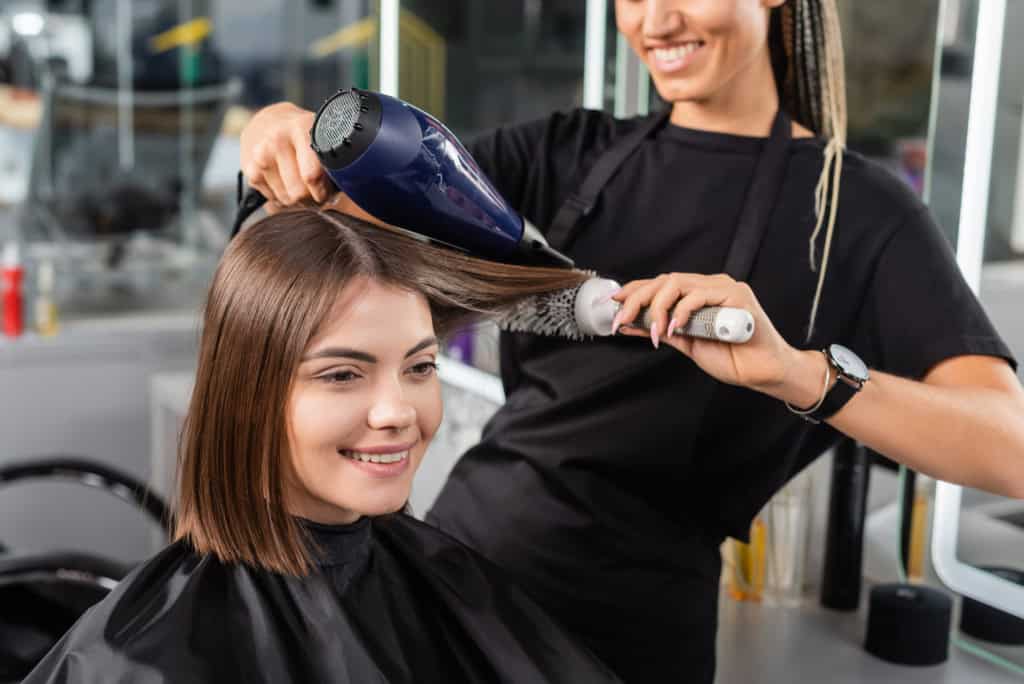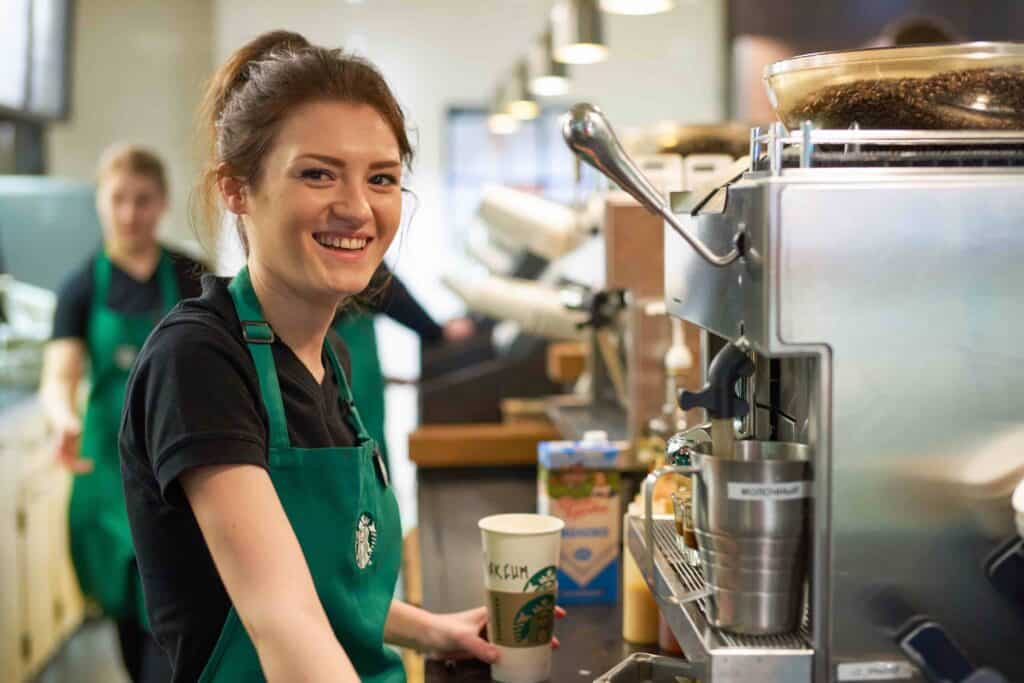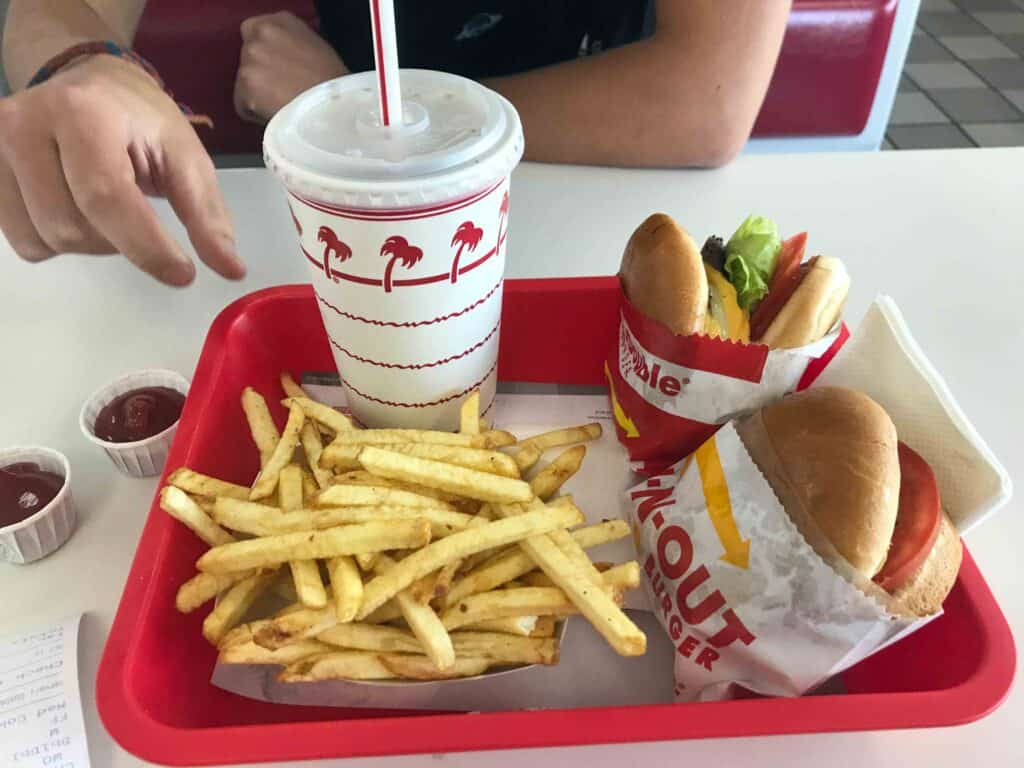The cost of living has been increasing gradually for over a decade, but in the last few years, Americans have felt the belt-tightening even more significantly when it comes to every day items and some larger purchases.
People are cutting back to save money, and I don’t mean going without guacamole at their favorite restaurant, either. Some are choosing not to make large purchases, like buying a home or a car, while others are cutting the cord to cable and streaming services.
We’ve compiled a list of 20 items that consumers are choosing to cut ties with or, at the very least, go without a little more frequently.
1. Houses

Purchasing a house might be the most prominent item people aren’t buying to cut expenses where they can. As of the second quarter of 2023, the average cost of a home in the States was $495,100. Most Americans can’t afford to buy a house at those prices and are choosing to rent or continue to live with family members instead.
According to a recent WSJ article, many boomer-aged homeowners are holding onto their three—and four-bedroom homes rather than downsizing and are not opening up inventory for younger generations to purchase their first homes.
2. Concert Tickets

The cost of concert tickets has gotten out of hand. We can thank the merging of Live Nation and Ticket Master for this increase. Since the two companies now own about 70% of the market, there has been a significant increase in live concert tickets for superstars who play large arenas.
As a result, live music lovers have chosen not to attend, opting for smaller concerts in a more low-key venue instead. Couple those ticket prices with the increased parking rate and the concession stand, consumers pay an arm and a leg for a night out seeing their favorite artist.
3. Movie Tickets

Going to the movies used to be one of my favorite things to do. However, in the last decade, the cost of a ticket combined with concession stand items has become cost-prohibitive for many people. According to a 2023 statistics report, the average movie ticket price has increased to $11.23. In larger metropolises like New York City, one ticket can cost well over twenty dollars.
Movie lovers are skipping the lines and choosing instead to watch their favorite flicks from the comfort of their own homes, where they can pause at their convenience for a bathroom break and enjoy their bowl of popcorn that doesn’t cost them an additional ten dollars.
4. Food Delivery

During the pandemic, many people came to rely on convenient food delivery services such as DoorDash or UberEats; however, those services have raised their prices so much and tacked on so many fees that consumers are cutting ties.
Eating out, in general, has declined in recent years due to the overall cost that people are unwilling to pay as frequently. Instead, they choose to treat themselves sparingly rather than regularly.
5. Cable and Streaming Services

Many people have fallen out of love with their cable provider and with different streaming services. My family got rid of cable in 2020 and has recently reconsidered many streaming platforms because they’re not worth the cost compared to the content they show.
Add in the fact that most streaming services now force you to watch ads unless you fork over more money, customers are fed up with their options and what is being hoisted upon them. Consumers are clueing into the fact that the supposed deals that streaming services offer aren’t a deal at all.
6. Makeup

The price of high-end quality makeup has increased significantly over the years. The results? People choose to go without or purchase similar drugstore brands for half the price.
Making the choice to go without is a personal one, but only using moisturizer and a good Vitamin C serum does help improve your skin and provides that natural glow that we all want.
7. Hair Salons

I recently asked my 8,000 followers on X (fka Twitter) what expense they have stopped splurging on to save money, and many answered with a resounding "hair salons" or "color treatments." Rather than spending between $100 and $300 on keeping up with dye treatments or highlights, consumers prefer to handle it themselves at home or go gray instead.
Many women decided to gray gracefully at the pandemic's beginning rather than go to a salon. The cost of upkeep, when there was job insecurity, played a large part in this decision for many.
8. Nail Salons

Like hair salons, nail salons have increased their prices so much over the years that many people are choosing not to get a fresh manicure and pedicure as frequently. I’m one of those people who has made that decision.
The price of a basic pedicure was consistently between $20 and $30, depending on where you lived. You’re lucky now to walk out paying $40 to $45 for that same basic pedicure. My nail salon increased the mani/pedi combo from $70 to $90 last year, resulting in me going every few of months rather than monthly.
9. Name Brand Food Items

Buying groceries these days often feels like highway robbery, so consumers are becoming savvier with their choices. They opt for the store brand rather than the big-name brand or use coupons more frequently.
Everyone knows and loves that rascally rabbit who is always trying to score some Trix, but rumor has it he’s pulling Pranks rather than Trix these days. It’s tough in those grocery store aisles.
10. Pre-Ordered Video Games

Another item that has seen its price increase in the last few years is preordered video games. Preordering a product used to be a way to ensure you would get the brand-new product before most people at a discounted rate, and you didn’t have to drive all over town to track it down at different stores.
However, due to supply chain issues and scammy foreign companies, the cost of ordering video games in advance has risen so significantly that there are no longer any monetary or headache savings.
11. Perfume

Perfume lovers have expressed frustration with the increasing cost of their beloved scents over the years. Multiple components factor into the price of high-end scents, such as marketing, rare and exotic ingredients that are hard to obtain, and luxurious packaging.
Due to these factors, consumers opt for more natural scents and less fancy packaging to spritz on. Some exceptional perfume brands are a fraction of the cost of the more expensive ones that come highly recommended.
12. Coffee Shops

Coffee shop pricing has risen dramatically over the years. Ten years ago, you could get a Starbucks plain drip coffee for about $1.50. However, since then, that cuppa joe will cost you almost triple, at $3.75 for a 12-ounce cup.
The fancier your beverage, the more expensive it will be. Additional flavored syrups, whipped cream, and alternative milk options increase the price you pay for your cherished caffeine boost. If you spend $5 a workday on a specialty coffee, that adds up to $25/week or $100/month. That’s a lot of dough for a caffeine fix.
13. Fast Food

The era of dollar or value menu items at your favorite fast-food spot is over. It’s hard to find a decent fast-food chain that offers those kinds of deals anymore. Even McDonald’s $1 Menu is now the $1, $2, and $3 menu these days.
Consumers are getting more innovative with their approach to quick and easy meals. Rather than running through a drive-thru every morning, they’re making “Egg McMuffins” at home and freezing them. This way, they can pop them in the microwave before running out the door for work or school each morning.
14. Olive Oil

The cost of Olive Oil has definitely skyrocketed recently. I used to pay $10.98 for a 25-ounce bottle of my favorite brand, but that cost has climbed to $14.00 in the last year.
The sticker shock I experienced wasn’t pleasant, and I’m sure others have felt the same. According to olive oil producers, the rising demand and falling production have contributed to the steep price increase passed onto the customer.
15. Gym and Fitness Studio Memberships

If you’re like me, you love a good gym or fitness studio workout. However, the cost of memberships has increased drastically over the last few years. Why is that? Most notable is that the overhead costs to run these facilities, such as rent, have risen exponentially, pushing the expense onto the member.
My favorite studio went from $139/month to $169/month post-pandemic. However, many gyms offer discounted rates for seniors, students, military vets, and teachers. Be sure to inquire about their offerings to see what you can take advantage of.
16. Potato Chips

Does it annoy you, as it does me, to open a new bag of potato chips only to have it half-filled with air rather than chips? Even President Biden called out companies for the “shrinkflation” American consumers are experiencing in his State of the Union address, “The snack companies think you won’t notice if they change the size of the bag and put a h*ll of a lot fewer — same size bag — put fewer chips in it.”
Shrinkflation doesn’t only affect the potato chip industry, though. Other companies, like Dove, have shrunk the size of their soap, and Tide has made its detergent jugs smaller while slightly raising its prices.
17. Sodas

Ahh, the good ol’ days when you can put fifty cents into a vending machine and out rolls a cold soda can of your choice. Those days are long gone. You’re lucky to pay less than $2 for a can of soda in this day and age.
According to the Star Tribune’s December 2023 report, a 12-pack of soda costs an average of $6.60, an eye-popping 53% increase since 2020. Perhaps it’s time to kick that afternoon caffeine addiction.
18. Christmas Trees

Going to the local Christmas tree farm to select a delicious-smelling pine or fir Christmas tree has always been one of my favorite things to do in preparation for the holiday season. However, over the last few years, we’ve noticed a sharp increase in the price of a freshly cut tree. It hurt to cut ties with a loved tradition and purchase a fake tree that could be used for many years, ultimately saving us money in the long run.
But the good news is artificial trees look more like real trees than ever before, and you don’t have to sweep up thousands of pine needles or remember to water it. As long as you have plenty of storage, they’re not too bad.
19. Sporting Events

Tickets to college and professional sporting events have become extremely expensive in the last several years. From the cost of the ticket, parking, and food, a family of four could pay close to $500 for the entire event. This isn’t manageable for most families who often live paycheck to paycheck.
According to CNN, teams are purposely driving the cost upward by creating a limited seat supply and increasing competition among people with disposable income. Luxurious seating and private suites being included in newly-built stadiums are also adding to the overall costs of ticket prices.
20. Mayonnaise

Since 2020, the wholesale cost of mayonnaise and other salad dressings has risen by 33%, making them among the more expensive items to purchase at a grocery store. This cost increase is mainly due to the inflation of egg and soybean costs.
According to the USDA, these two ingredients found in mayo have both seen a rate increase due to the bird flu epidemic (eggs) and the Russian/Ukraine conflict (soybeans). Because of this cost increase, many choose to go without or make their own mayo at home.

Sajjad Sarwar says
starbuckmenusprice.com